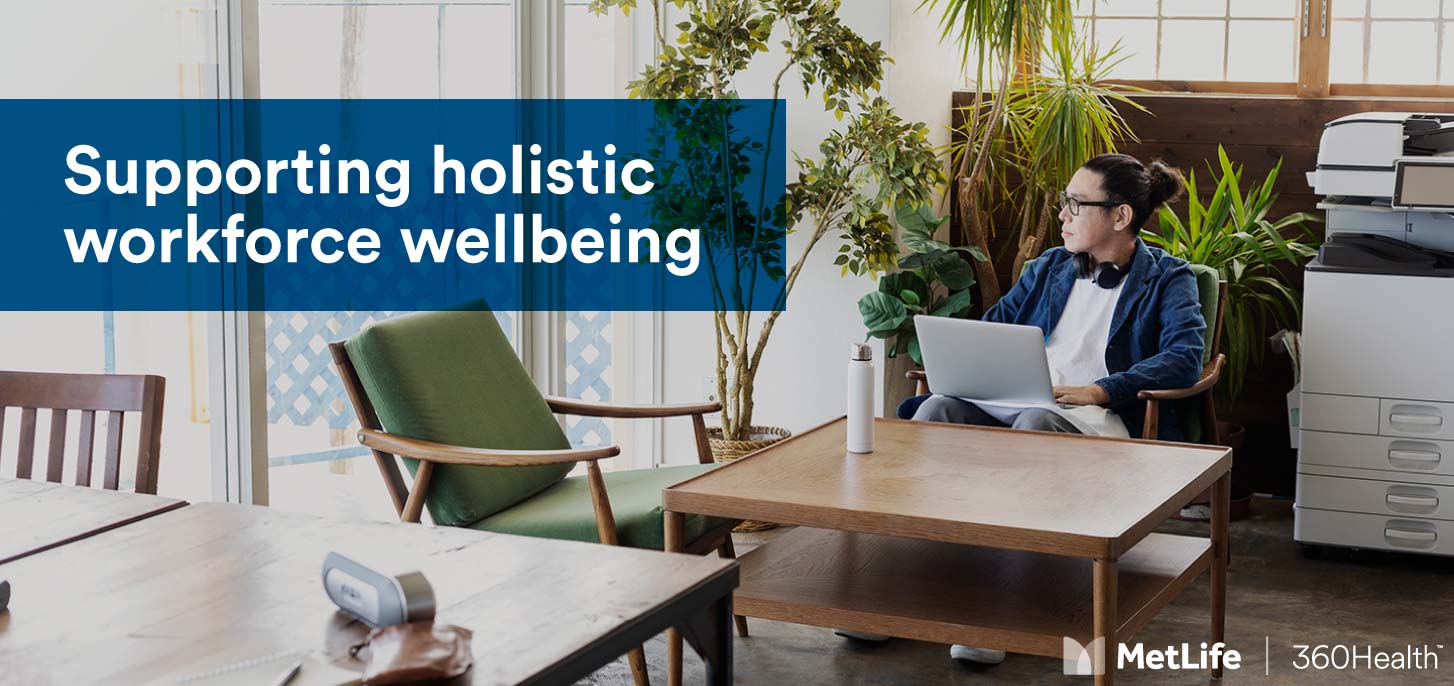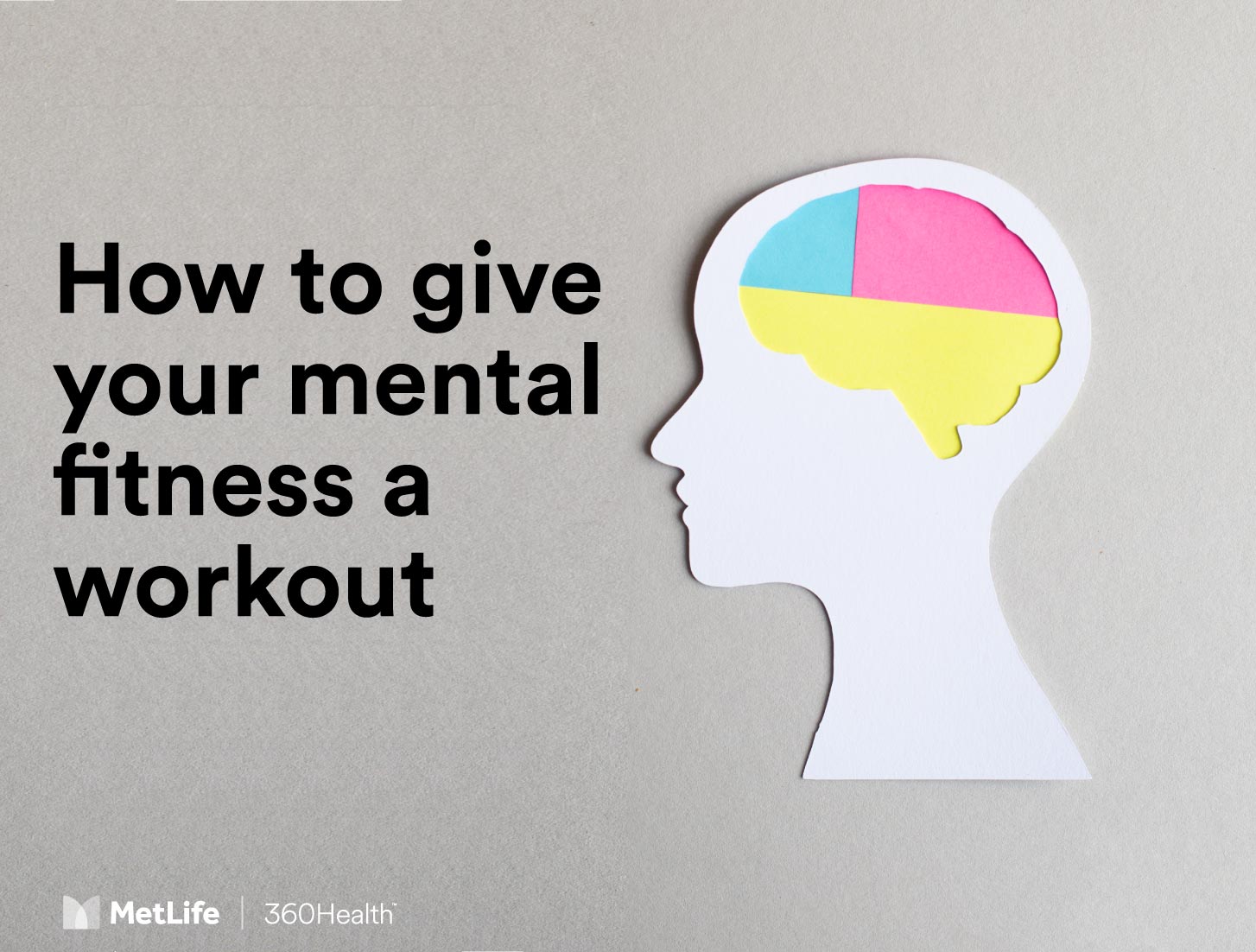
With the lines between work and home life increasingly blurred, and stress mounting due to the global pandemic and its related economic consequences, many Australians are struggling with their health and wellbeing. But a silver lining has become clear in this turbulent year: Australian employers are dedicated to supporting their employees in this regard.
To help manage these changes and uncertainty, many employers have been focused on supporting their employees’ mental health; however, the MetLife 2020 Annual Employee Benefits Trends Study found that fewer are addressing health and wellbeing from a holistic perspective.
The result? A growing gap between the support employers are offering and how effective these measures are in helping employees feel happy and healthy.
Understanding Holistic Wellbeing
For employers to successfully support the needs of their workforce, they first need to develop a well-rounded understanding of what holistic wellbeing is and how they can impact it. Although many employers have created a definition of a healthy workplace to help guide their benefits efforts, the survey uncovered that only 22% of definitions include all four components of holistic health.
The four elements of holistic wellbeing are:
- Mental health - The condition of psychological and emotional wellbeing
- Financial health - The state of personal and family financial security
- Social health - The ability to form satisfying interpersonal relationships with others
- Physical health - The level of illness, injury and general lifestyle
Employers have the best of intentions but this lack of consideration for all the elements of holistic wellbeing is having a clear impact on employees. While four in ten (42%) employers think their employees are healthy in all four areas, just over one in ten (13%) of employees agree. Further, a concerning 45% of employees rate their overall wellbeing as very poor, poor or fair.
Enabling holistic support
There is a real aspiration amongst employers to effectively look after the wellbeing of their workforce. The majority of employers have a strong sense of responsibility when it comes to employee health and wellbeing, with 75% saying that improving the overall health of their employees is very, or extremely, important to them.
Unfortunately, employees are not seeing this concern translate into benefits that support their holistic wellbeing. Although there has been a concerted effort by employers to address the mental health concerns of COVID-19, employees are also keen to access benefits related to physical fitness, relaxation, nutrition and diet, and wellness. Additionally, employees identify financial health as the aspect of their wellbeing they’re most concerned about, and half feel unsupported by their employer with regards to their financial health.
By focusing on these elements, which are naturally spread across the four holistic wellbeing touchpoints, employers can start to shape employee benefits that offer support for all aspects of wellbeing. Once these four elements are being met at a high level, employers can also begin to consider how benefits could be tailored to each individual’s needs.
Implementing a holistic approach to benefits may seem like a daunting task. But for employers, the advantages of supporting holistic employee wellbeing are clear. Employees who are holistically healthy are more productive, successful, engaged and feel more valued than their counterparts whose holistic wellbeing needs aren’t being met.
When they work together, the four components of holistic wellbeing can influence employee satisfaction, encourage higher productivity, and reduce employee stress and fatigue – creating a workforce happy and eager to perform at their best.
For more information: Read the MetLife Australia 2020 Employee Benefits Trends Study











